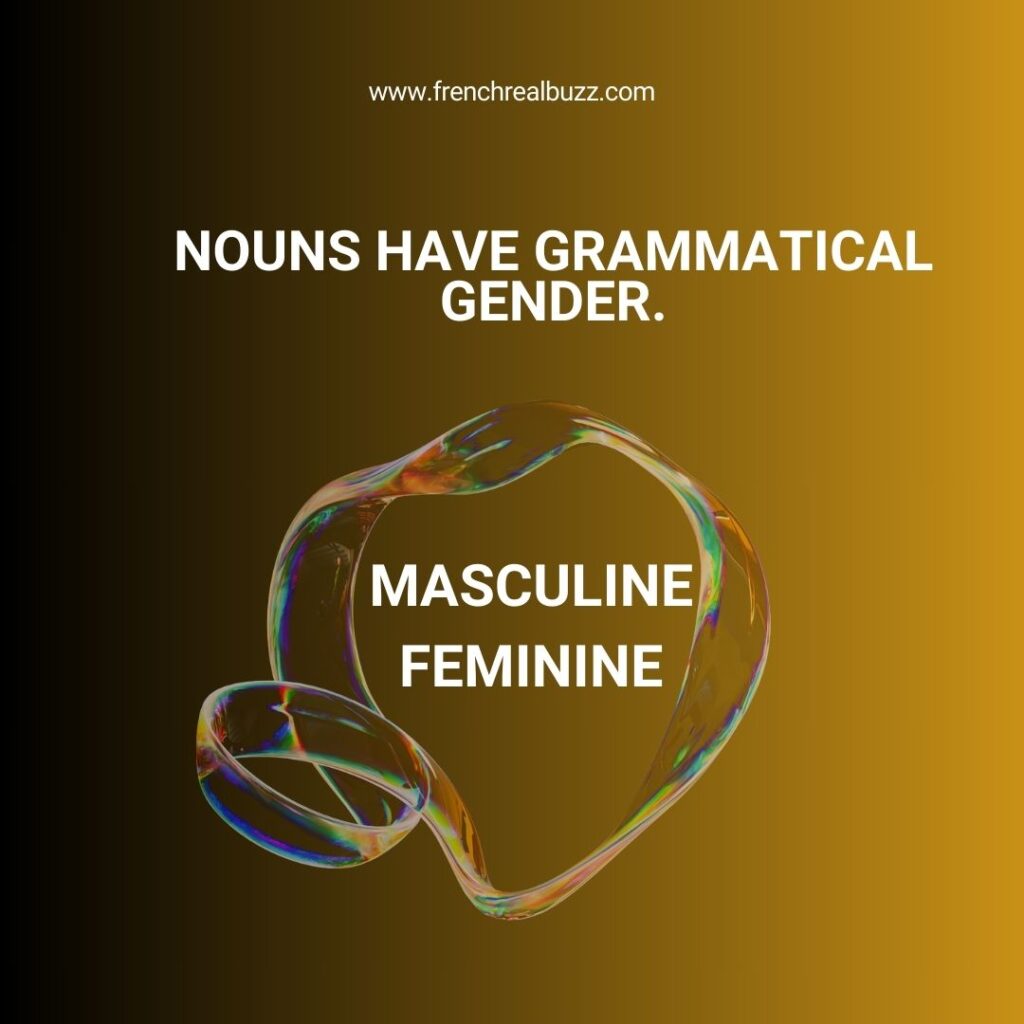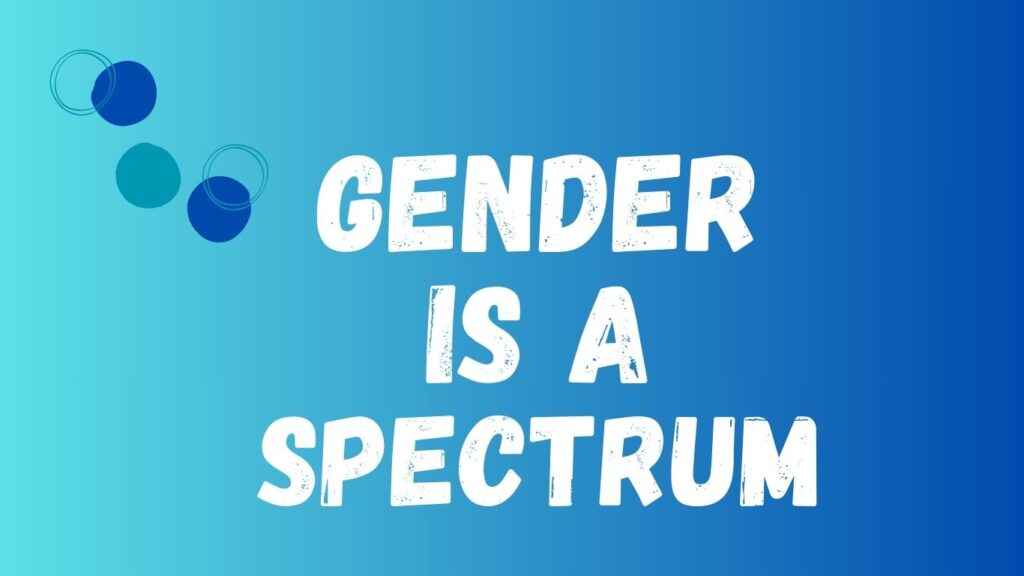Determining the gender of a noun is an important aspect of the French language as it impacts the form of articles, adjectives, and pronouns that are used with the noun. In French, all nouns have a grammatical gender, which means, they are either Masculine(m) or Feminine(f).

Most nouns that express people or animals have both a masculine and a feminine form. For example, There are 2 words for “The Actor” in French i.e. l’acteur (m) and l’actrice (f). Similarly, the two words for “The Cat” i.e. le chat (m) and la chatte (f).
However, some nouns talk about people or animals whose gender is fixed, irrespective of the actual gender of the person or animal. For example, La Personne (f) which means “The Person” is always feminine regardless if the person is male or female in real. Similarly, “victime” is always feminine even if it is a man.
Le professeur (m) which means “The Professor” is always masculine even when you’re talking about a female Teacher/Professor.

Unfortunately, there are many exceptions in French which can only be learned by heart. There are even words that are spelled the same, but have a different meaning when masculine or feminine.

For example, the word “le livre” means “the book” which is masculine but “la livre” (f) means “the pound”. Some words appear to be masculine (le photo) which is the short form of la photographie which is feminine.
Then some words just don’t make sense! For example, la foi is feminine which means a belief, whereas le foie is masculine which means liver. In this example, if you notice the gender of the articles doesn’t match the gender of the noun and vice versa, it is exactly what makes it weird!
Rules For Determining The Gender Of The French Noun:
Masculine Nouns: Most of the nouns that are masculine or refer to male-specific items have specific endings and have some major indications. This includes:
- Nouns ending with -eau, -isme, -age, -aire, -é (le gateau, le journalisme, le voyage, le café)
- The Days of the week, The Months of the year, The Seasons (le lundi, le mars, le printemps)
- Most of the nouns ends with a consonant (le chat, le sport, le film, le mur)
Feminine Nouns: Most of the nouns that are female beings or female-specific items have some major specifications. This includes:
- Nouns ending with -e (la table, la robe, la place)
- Nouns ending with -tion, -sion (la natation, la nation, la question, la passion)
- Nouns ending with -ie, ée (la vie, la fée, la vallée)
- Names of countries and cities (la France, la Paris)
- Nouns ending with consonant, double the consonant and added -e (la Canadienne, la Princesse)
Exceptions: There are always exceptions to the rules. Nouns that do not follow the rules. Some examples are: (la photo, le probléme, la moto, le diabète)
Please Note: It is important to note that there is no such logic as that why a noun is feminine or masculine, and it is something that needs to be memorized as a part of French Basics.
Here is a chart which depicts some tendencies of French nouns. Eventually, you will be able to guess the
gender of a noun based on tricks like this:
| Masculine | Common endings used with masculine nouns |
| le cheval (horse) | -age (eg. le fromage) |
| le chien (dog) | -isme (eg. le capitalisme) |
| le livre (book) | -r, -t (eg. le professeur, le chat) |
| Feminine | Common endings used with feminine nouns |
| la colombe | -ie (eg. la boulangerie) |
| la chemise | -ion (eg. la nation) |
| la maison | -ite/ ité (eg. la fraternité) |
| la liberté | -nne (eg. l’indienne, la fille) -mme -lle |
| -nce (eg. la balance) |
^ Professeur can be shortened to prof (in a familiar context). While the long form, professeur, is always
masculine, even when referring to female teachers, prof can be either masculine or feminine. (le prof – the (male) teacher , la prof – the (female) teacher.
You can see some of the vocabulary, it will make you more clear about using the article.
Pluriel des Noms: Plural of Nouns
1. Most nouns are made plural by adding “s” to a singular noun.
- Ex. un garçon— des garçons
- la glace— les glaces
- un homme— des hommes
2. Most nouns end with s,x, and z in the singular form, they do not change in the plural. Only the article changes to the plural and it indicates that the following context is in the plural sense.
- Ex. une croix— des croix
- le nez— les nez
- un fils— des fils
3. Some nouns end with ”eau, and eu” in the singular form, takes an ‘x’ to make it plural.
- Ex. le gâteau— les gâteaux
- un feu— des feux
- l’eau— les eaux
4. For Some nouns ending with ‘ou’, take ‘x’ to make it plural. But in some cases, it takes ‘s’ to make it plural.
- Ex. un bijou— des bijoux
- le genou— les genoux
- un cou— des cous
- le clou— les clous
5. Some nouns ending with ‘al’ take ‘aux’ to make it plural. But some of them also take ‘s’ in the plural form.
- un journal— des journaux
- le signal— les signaux
- un cheval— des chevaux
- le carnaval— les carnavals
- un chacal— des chacals
